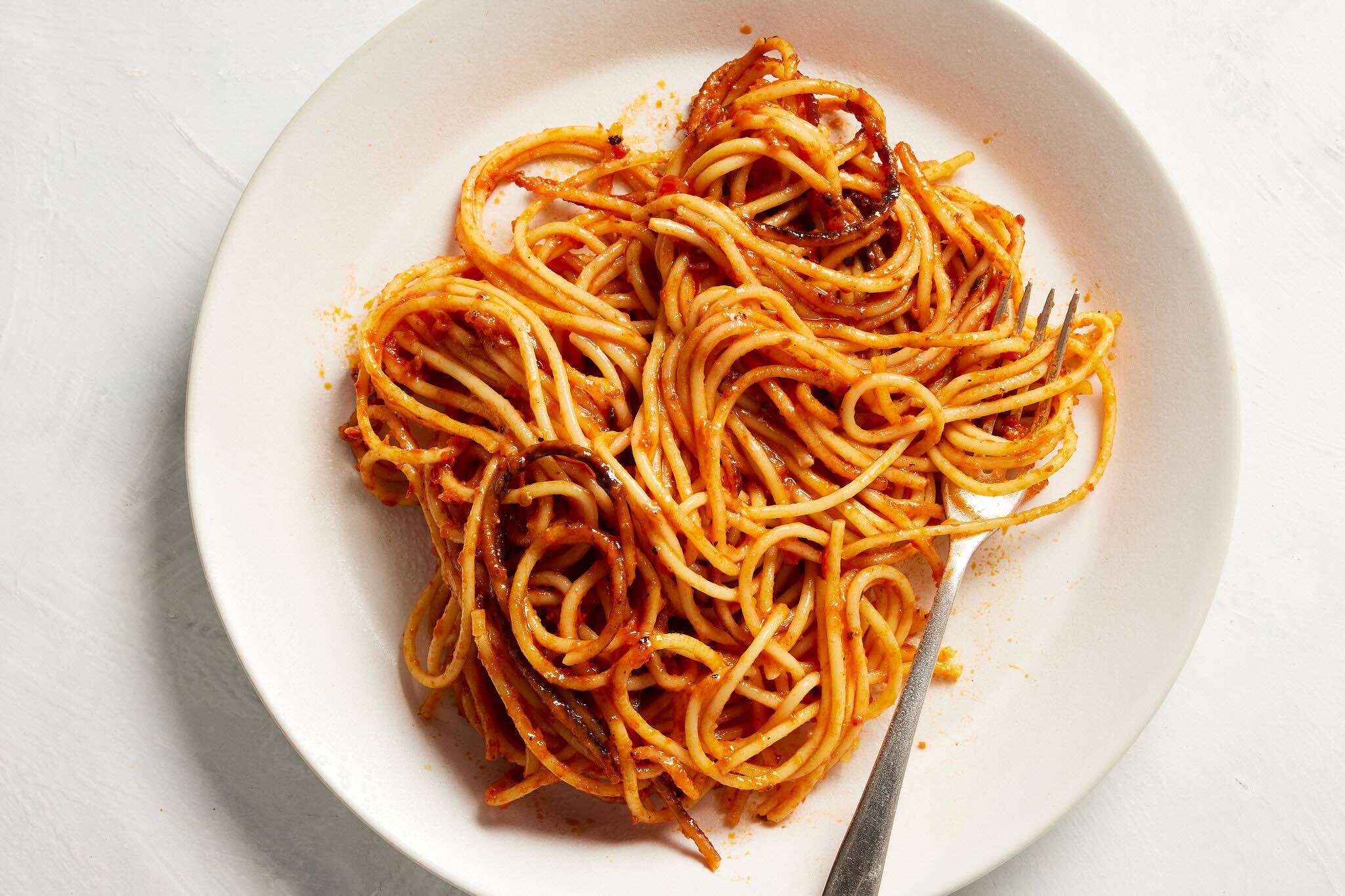

Articles
How To Store Spaghetti
Modified: December 7, 2023
Learn the best way to store spaghetti for long-lasting freshness with our informative articles. Discover tips and tricks for keeping your pasta perfectly preserved!
(Many of the links in this article redirect to a specific reviewed product. Your purchase of these products through affiliate links helps to generate commission for Storables.com, at no extra cost. Learn more)
Introduction
Welcome to the world of spaghetti storage! If you’re a pasta lover like me, you know that properly storing spaghetti can make all the difference in preserving its freshness and quality. Whether you have leftover cooked spaghetti or want to store uncooked noodles for later use, it’s essential to know the best practices for keeping your spaghetti in its prime condition.
In this article, we’ll guide you through the process of storing spaghetti, both cooked and uncooked, so that you can enjoy a delightful plate of pasta whenever the craving strikes. From choosing the right storage container to freezing and reheating techniques, we’ve got you covered. So, let’s dive in and explore the world of spaghetti storage!
Key Takeaways:
- Proper storage and reheating techniques are essential for maintaining the freshness and flavor of spaghetti, whether cooked or uncooked. Choosing the right containers, portioning, and freezing methods can make a significant difference in preserving the quality of your pasta.
- To enjoy a delightful plate of spaghetti whenever the craving strikes, follow best practices for storing and reheating. From selecting the right storage containers to using proper portioning and reheating methods, these techniques ensure that your spaghetti remains fresh, flavorful, and enjoyable with each bite.
Read more: How To Store Spaghetti Noodles
Choosing the Right Storage Container
When it comes to storing spaghetti, selecting the right container is crucial to keep it fresh and prevent it from absorbing odors from other foods. Here are some tips to help you choose the ideal storage container:
- Airtight Containers: Opt for airtight containers that have a secure lid to keep moisture and air out. This will help preserve the texture and flavor of the spaghetti.
- Glass or Plastic: Both glass and plastic containers can work well for storing spaghetti. Glass containers are non-reactive and won’t absorb any odors or flavors, while plastic containers are lightweight and easy to stack.
- Size Matters: Choose a storage container that allows enough space for your spaghetti without squishing it. A container that is too small can lead to broken noodles, while one that is too large may result in excess air exposure.
- Transparence: If possible, choose a transparent or translucent container that allows you to see the contents. This makes it easier to identify the spaghetti and prevents unnecessary opening of containers.
Remember to thoroughly clean and dry your storage container before using it. This will help eliminate any bacteria or residue that could affect the quality of the spaghetti.
Preparing and Storing Cooked Spaghetti
So, you’ve cooked a delicious batch of spaghetti, but now you have leftovers. Don’t fret! Properly storing cooked spaghetti is essential to prevent it from drying out or becoming mushy. Here’s how you can do it:
- Cool Down: Allow the cooked spaghetti to cool down to room temperature before storing it. This will help prevent condensation and the growth of bacteria.
- Separate Into Portions: Divide the cooked spaghetti into individual portions, depending on your needs. This will make it easier to grab and reheat only the amount you want, preventing unnecessary waste.
- Storage Container: Place the portions of spaghetti into airtight containers or resealable plastic bags. Make sure to press out any excess air before sealing.
- Label and Date: It’s essential to label each container or bag with the date of storage. This way, you can keep track of how long it has been stored and ensure you consume it within a safe timeframe.
- Refrigerate: Store the cooked spaghetti in the refrigerator for up to 3-5 days. Make sure the temperature of your fridge is set at or below 40 degrees Fahrenheit (4 degrees Celsius).
By following these steps, you can ensure that your cooked spaghetti stays fresh and maintains its texture. When reheating the stored spaghetti, remember to do so in small portions to avoid overcooking or making it too dry.
Storing Uncooked Spaghetti
If you have extra packages of uncooked spaghetti that you want to store for future use, there are a few simple steps you can take to keep it in optimal condition. Follow these guidelines to store uncooked spaghetti:
- Keep it Sealed: Unopened packages of spaghetti can be stored in their original packaging. Ensure that the packaging is tightly sealed to prevent moisture and air exposure.
- Transfer to Airtight Containers: If you have opened a package of spaghetti or want to transfer it to a more secure container, opt for airtight containers. This will help maintain the freshness and prevent any moisture or pests from getting in.
- Store in a Cool, Dry Place: Find a cool and dry place in your pantry or kitchen cupboard to store the uncooked spaghetti. Avoid storing it near heat sources such as stoves or direct sunlight, as this can cause the pasta to become brittle or spoil.
- Avoid Moisture: Spaghetti is prone to absorbing moisture, which can lead to clumping or spoilage. Keep it away from humid areas or items that release moisture, such as sinks or fruits.
- Check for Pests: Before storing the spaghetti, inspect the packaging for any signs of pests. It’s best to discard any infested packages to prevent the spread of pests to other food items.
By following these storage methods, your uncooked spaghetti will stay fresh and ready to be cooked whenever you’re ready to enjoy a delicious pasta dish.
Store spaghetti in an airtight container to keep it fresh and prevent it from absorbing any odors from other foods in the pantry. Keep it in a cool, dry place away from direct sunlight.
Freezing Spaghetti
Freezing spaghetti is a great option if you want to store it for an extended period. Whether it’s leftover cooked spaghetti or uncooked noodles, freezing can help preserve its flavor and texture. Here’s how you can freeze spaghetti:
- Cooked Spaghetti: If you have leftover cooked spaghetti that you want to freeze, make sure it has cooled down completely. Divide the spaghetti into individual portions and place each portion in a freezer-safe container or resealable plastic bag. Remove any excess air, seal tightly, and label with the date.
- Uncooked Spaghetti: If you want to freeze uncooked spaghetti, it’s best to freeze it directly in its original packaging. Ensure the package is sealed tightly to prevent freezer burn. If the package is already opened, transfer the spaghetti to a freezer-safe container or bag, remove excess air, and seal tightly.
- Freezer Temperature: Set your freezer temperature to 0 degrees Fahrenheit (-18 degrees Celsius) or below. This ensures that the spaghetti stays frozen and safe from bacterial growth.
- Storage Duration: Both cooked and uncooked spaghetti can be stored in the freezer for up to 2-3 months. Beyond this time, the quality may start to deteriorate, but it will still be safe to consume. It’s recommended to consume frozen spaghetti within this timeframe for the best taste and texture.
When you’re ready to use the frozen spaghetti, simply thaw it in the refrigerator overnight. Once thawed, cook the spaghetti as you normally would, whether it’s reheating cooked spaghetti or boiling uncooked spaghetti. Enjoy your frozen spaghetti knowing that it’s still as delicious as ever!
Read more: How To Store Leftover Spaghetti
Reheating Stored Spaghetti
When it comes to reheating stored spaghetti, the goal is to restore its delicious flavor and texture without overcooking or drying it out. Here are a few methods you can use to reheat your stored spaghetti:
- Stovetop: Reheating spaghetti on the stovetop is a popular method that allows for even heating and control over the temperature. Simply place your portion of spaghetti in a saucepan with a splash of water or sauce. Heat it over medium-low heat, stirring occasionally, until the spaghetti is heated through.
- Microwave: To quickly reheat small portions of spaghetti, the microwave is a convenient option. Place the spaghetti in a microwave-safe container and cover it to retain moisture. Heat it in short intervals, stirring in between, until it reaches the desired temperature.
- Oven: If you’re reheating a large portion of spaghetti, using the oven can ensure even heating. Preheat the oven to 350 degrees Fahrenheit (175 degrees Celsius). Place the spaghetti in an oven-safe dish, cover it with foil to prevent drying, and heat it for about 20-30 minutes or until thoroughly heated.
- Saucepan or Skillet: Another stovetop option is to reheat spaghetti with sauce in a saucepan or skillet. This method allows the sauce to blend in with the spaghetti as it reheats. Simply place the spaghetti and sauce in a pan, heat it over medium heat, and stir until the spaghetti is warmed through.
Regardless of the reheating method you choose, be mindful of not overcooking the spaghetti. Keep an eye on the texture and stir occasionally to ensure even heating. If the spaghetti seems dry, you can add a splash of water or sauce to moisten it.
Once reheated, serve the spaghetti immediately and enjoy the flavors of a freshly warmed meal. Don’t forget to always heat the portion you plan to consume and save the leftovers properly for future use.
Tips for Maintaining Freshness
To ensure that your spaghetti stays fresh and delicious, here are some additional tips you can follow:
- Proper Portioning: Whenever possible, cook only the amount of spaghetti you’ll need for a single meal. This reduces the risk of leftovers sitting in the fridge or freezer for too long.
- Cook Al Dente: When cooking spaghetti, aim for al dente, which means it’s cooked until it’s firm to the bite. This prevents the noodles from becoming mushy when you reheat them.
- Salt the Cooking Water: Add a generous amount of salt to the boiling water before cooking the spaghetti. This enhances the flavor of the pasta itself.
- Keep Sauces Separate: If you plan to store spaghetti with sauce, it’s best to keep them separate until you’re ready to serve. This prevents the noodles from getting overly saturated and helps maintain their texture.
- Refrigerate Promptly: Whether it’s cooked or uncooked spaghetti, refrigerate it as soon as it reaches room temperature. This helps prevent bacterial growth and maintain freshness.
- Don’t Overcook: Overcooking spaghetti can lead to a soggy and mushy texture. Keep an eye on the cooking time and test the pasta for doneness by tasting it a minute or two before the recommended cooking time.
- Use Quality Ingredients: Opt for high-quality spaghetti made from durum wheat semolina. This type of pasta holds its shape and texture better when stored and reheated.
- Store Separately: If you have multiple portions of cooked spaghetti, store them separately to prevent the noodles from sticking together. This allows for easier portioning when reheating.
By following these tips, you can ensure that your spaghetti remains fresh, flavorful, and enjoyable to eat, whether you’re storing it or reheating it for a meal. Don’t underestimate the power of proper storage and handling in maintaining the quality of your pasta!
Conclusion
Properly storing and reheating spaghetti is the key to enjoying a delicious and satisfying pasta dish, even days after it was initially cooked. Whether you have leftover cooked spaghetti or want to store uncooked noodles for future use, following the right techniques can help maintain its freshness and flavor.
By choosing the right storage container, whether it’s airtight containers or resealable bags, you can ensure that your spaghetti remains protected from moisture and odors. Cooling down cooked spaghetti before storing it and separating it into portions also help in preserving its quality.
If you’re storing uncooked spaghetti, keeping it sealed in its original packaging in a cool, dry place is essential. Avoiding moisture and checking for pests can prevent spoilage and maintain its shelf life.
When it comes to reheating stored spaghetti, using methods such as stovetop, microwave, oven, or saucepan can help restore its flavor and texture. Just make sure to avoid overcooking, and add a splash of water or sauce if needed to prevent dryness.
Finally, don’t forget the tips for maintaining freshness, such as proper portioning, cooking al dente, salting the cooking water, storing sauces separately, and using quality ingredients. These practices ensure that your spaghetti remains tasty and enjoyable with each bite.
So, the next time you find yourself with leftover spaghetti or want to store uncooked noodles, follow these guidelines and savor a delightful plate of spaghetti whenever you please. Bon appétit!
Frequently Asked Questions about How To Store Spaghetti
Was this page helpful?
At Storables.com, we guarantee accurate and reliable information. Our content, validated by Expert Board Contributors, is crafted following stringent Editorial Policies. We're committed to providing you with well-researched, expert-backed insights for all your informational needs.

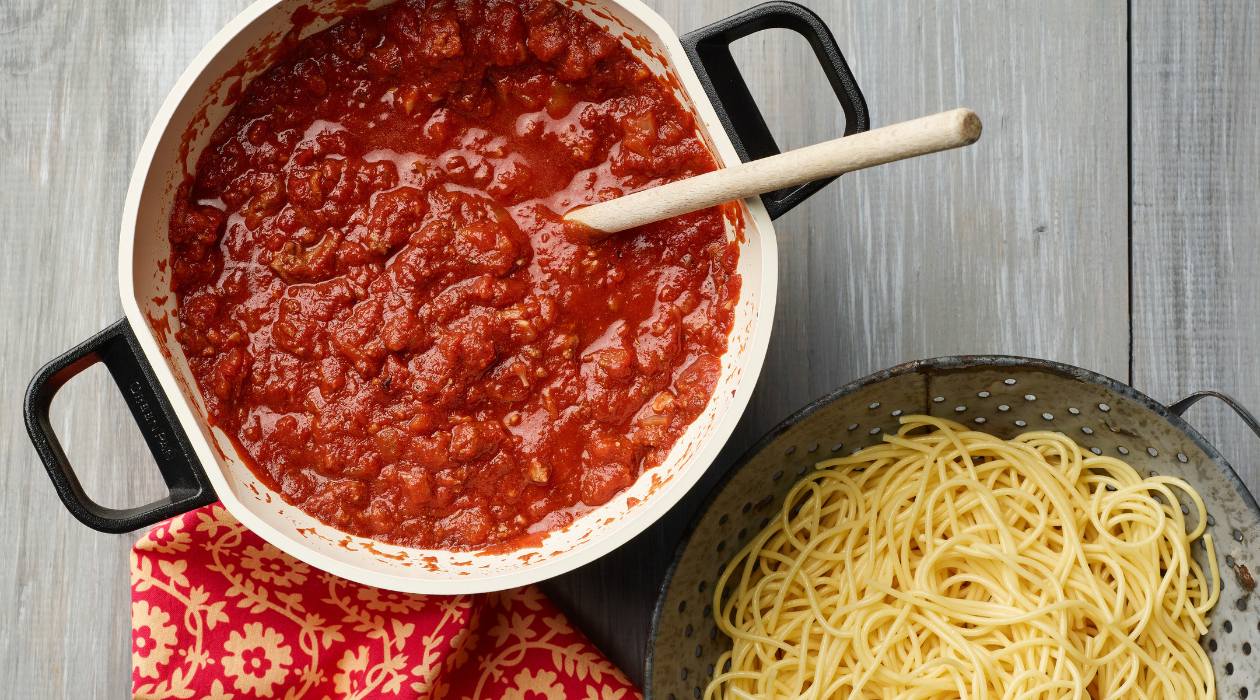
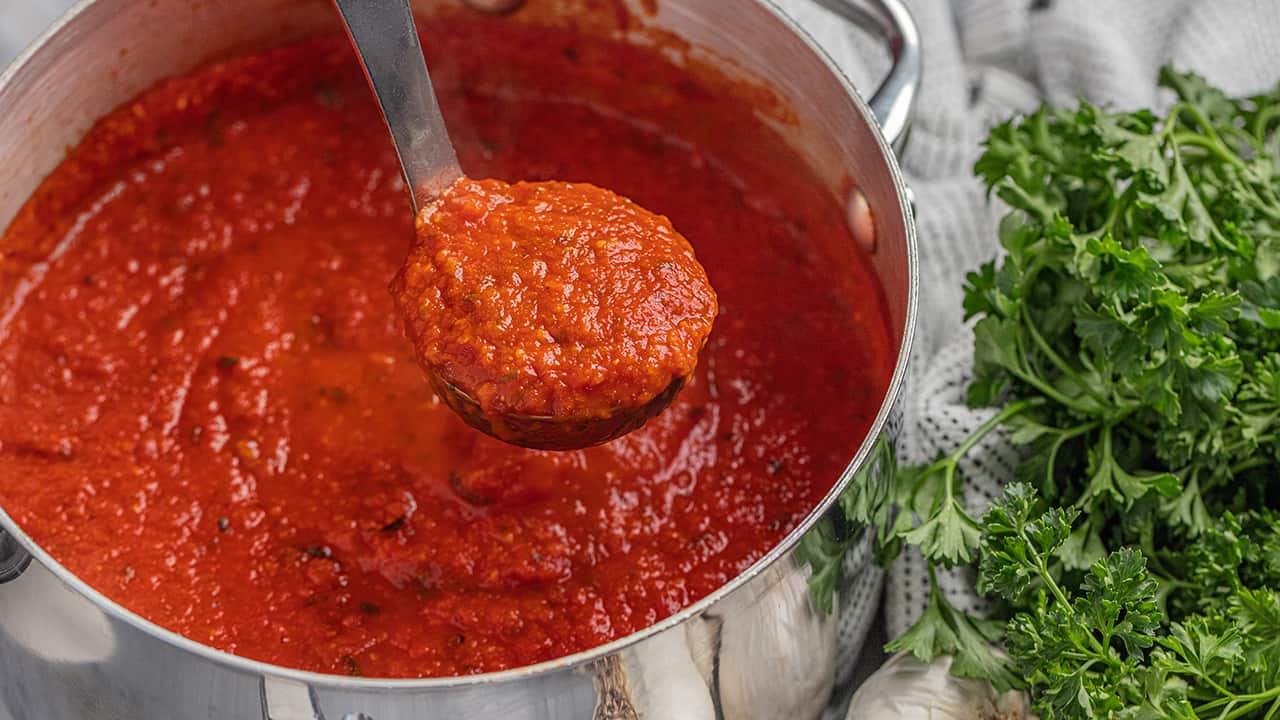
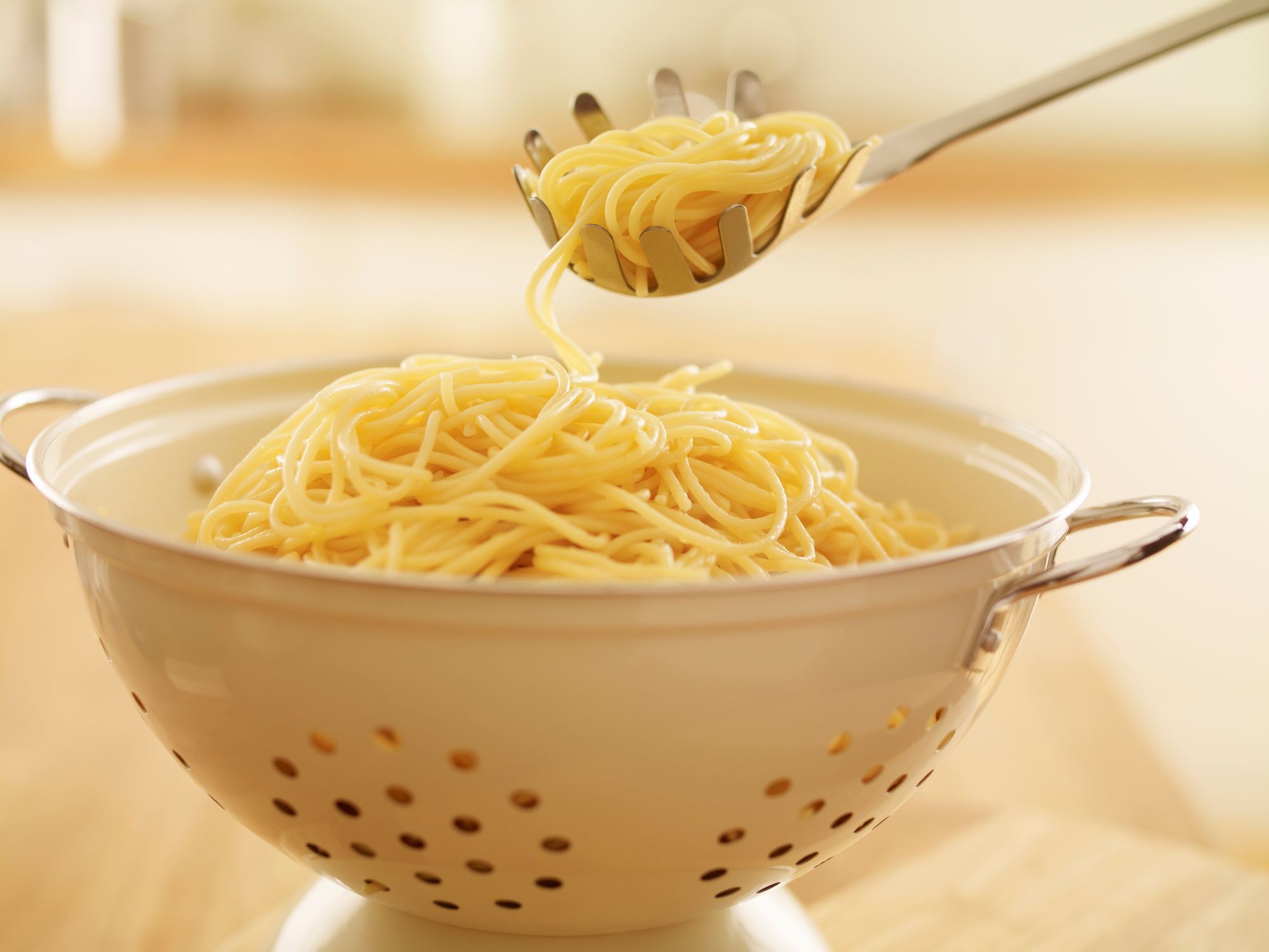


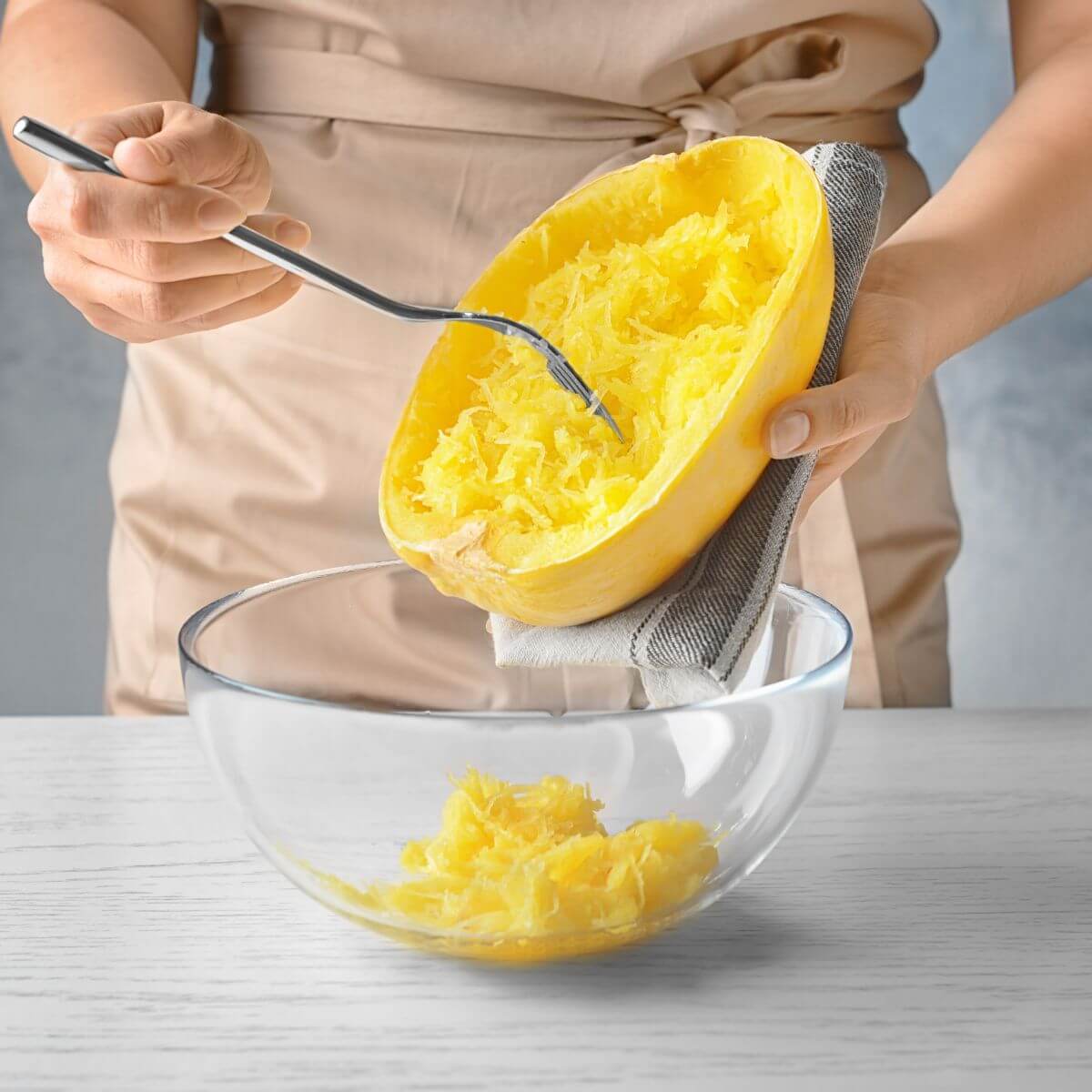
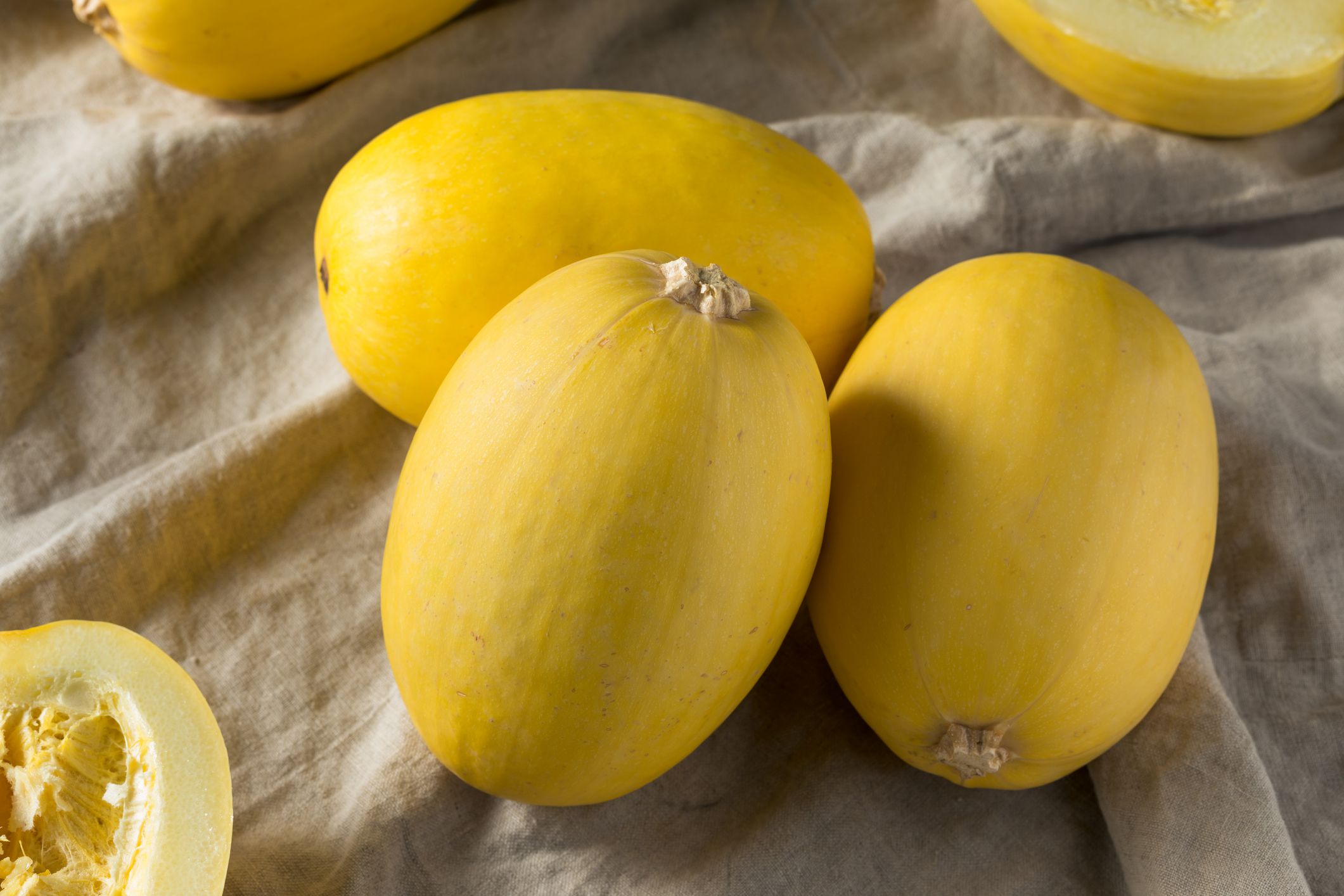
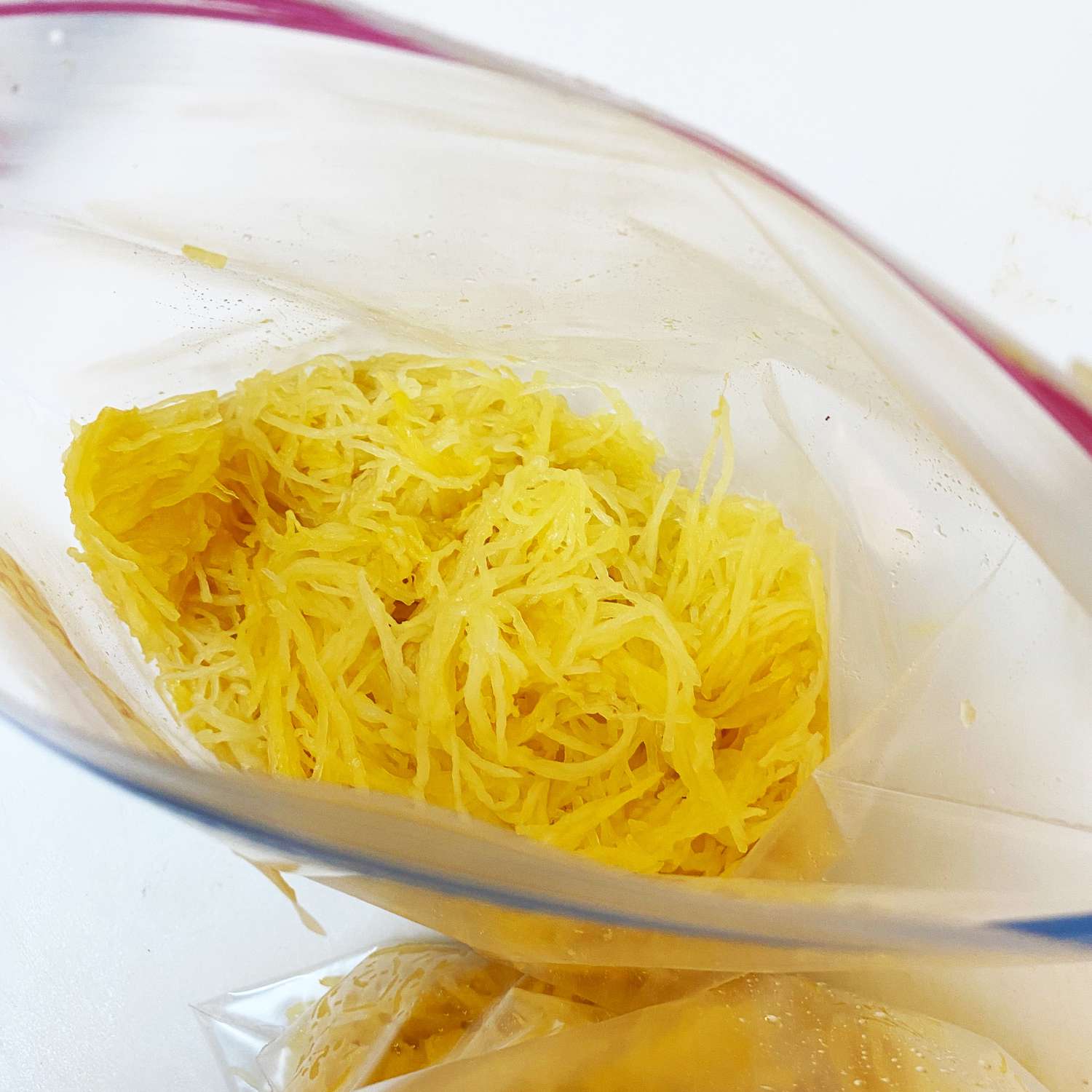

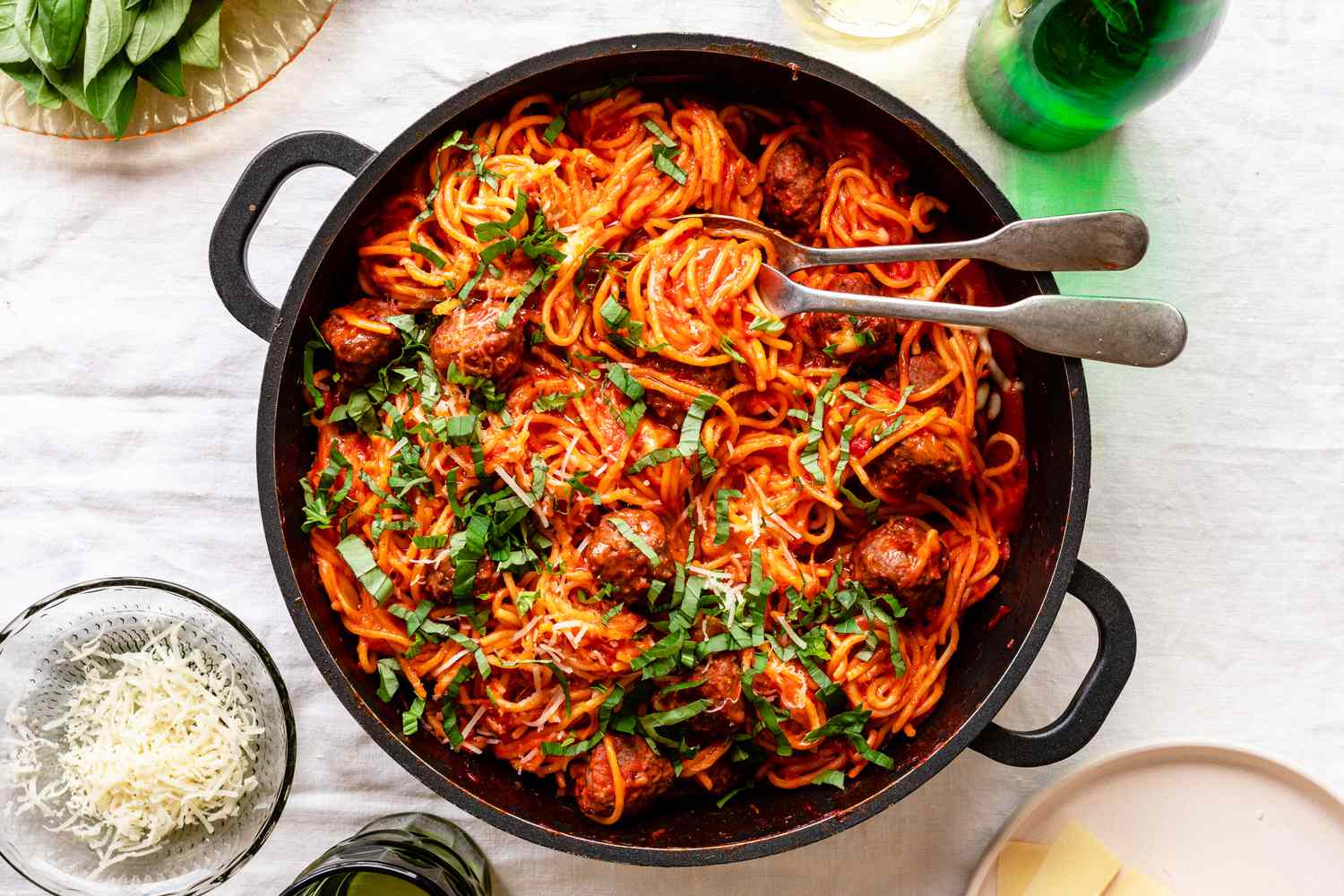
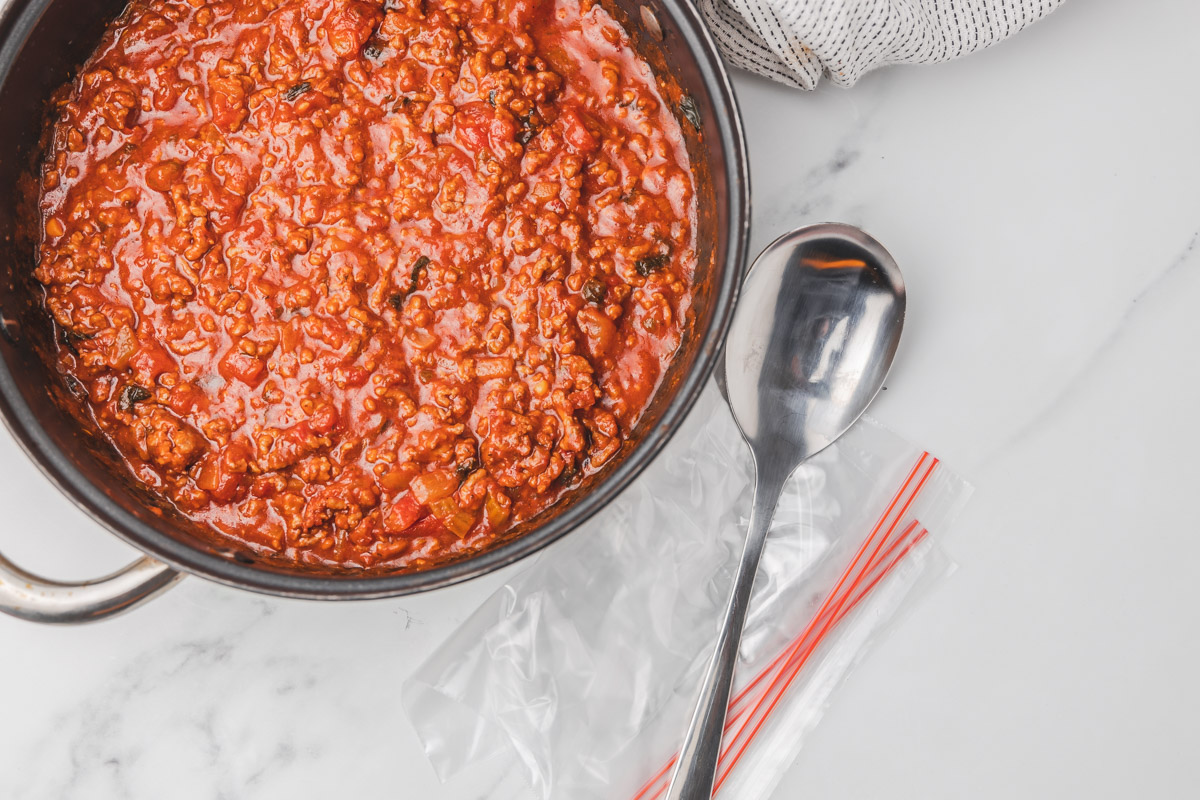

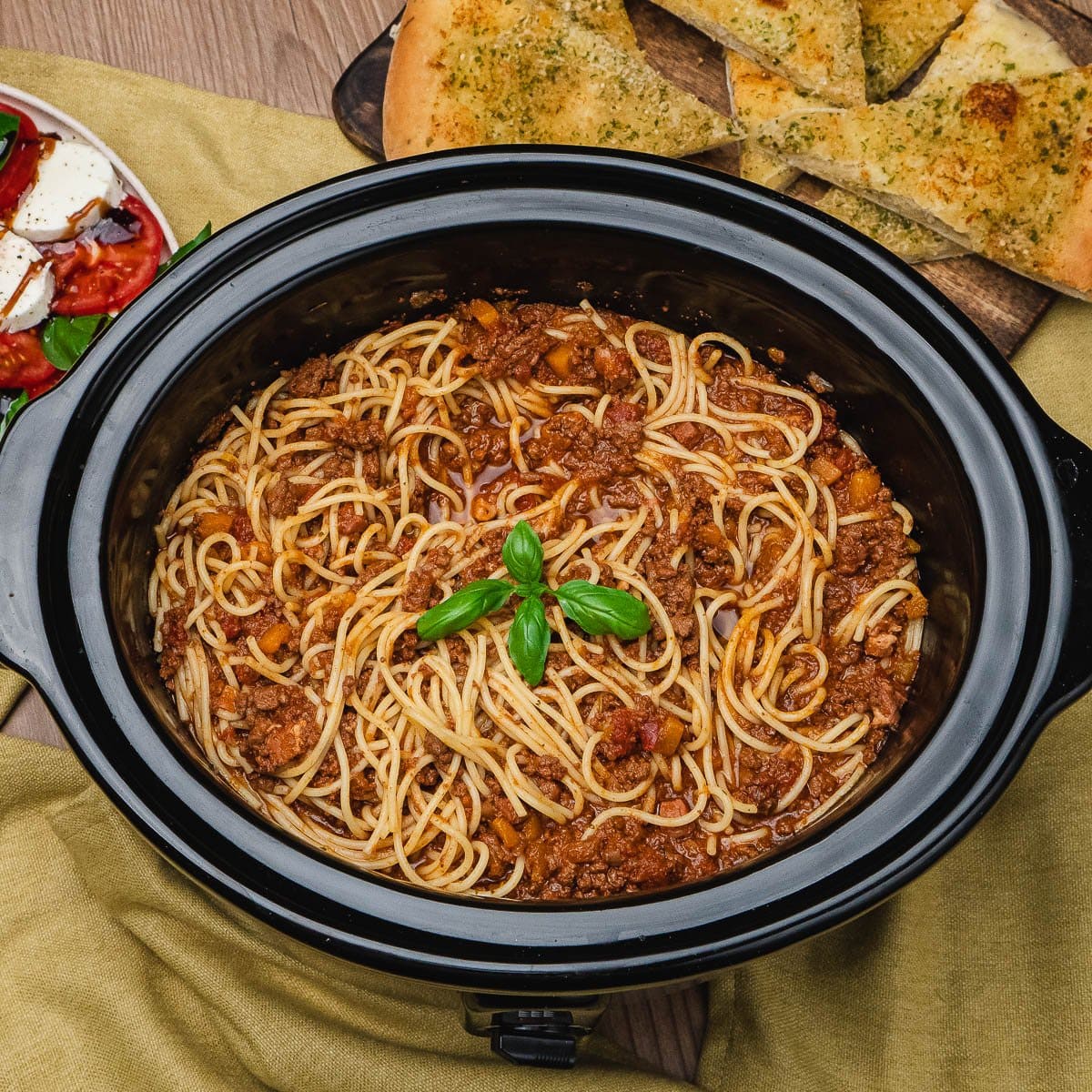

0 thoughts on “How To Store Spaghetti”